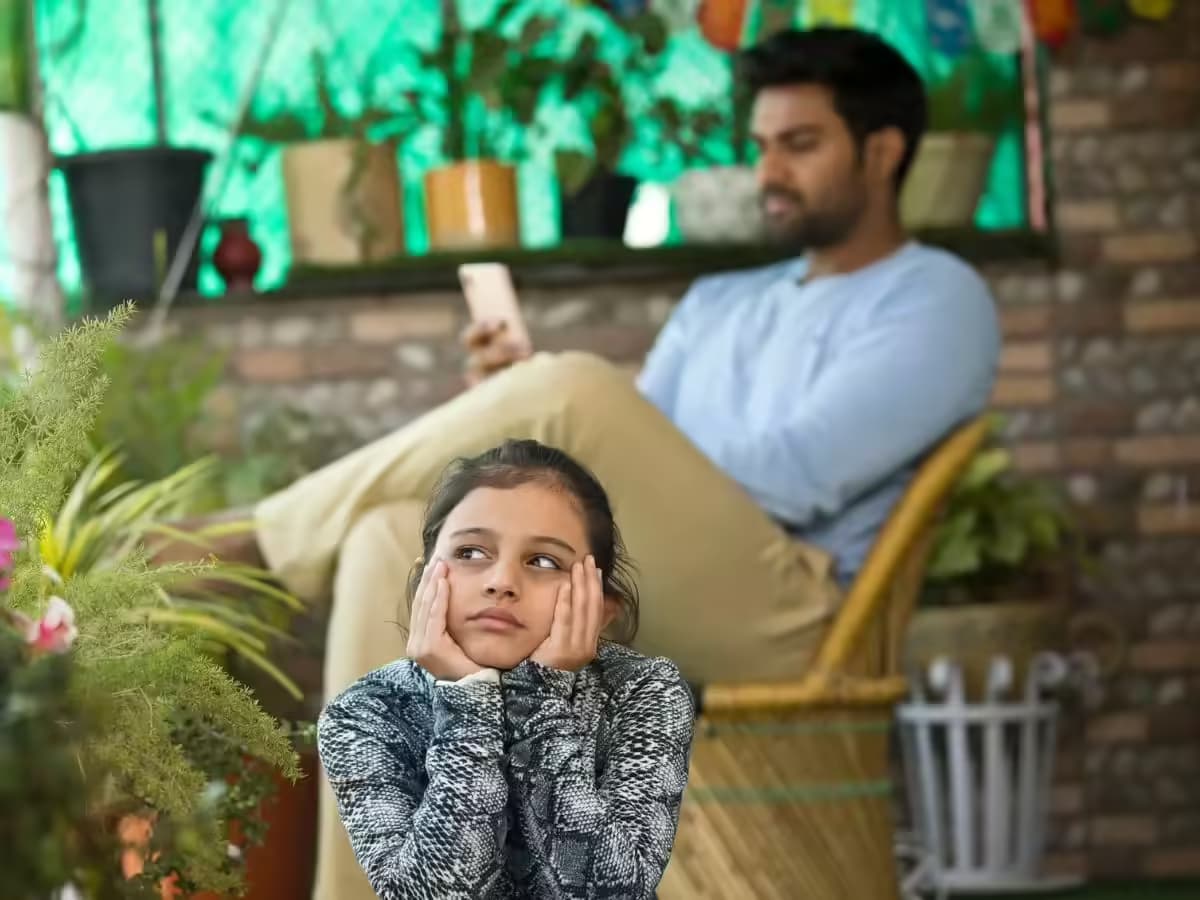Loading News Article...
We're loading the full news article for you. This includes the article content, images, author information, and related articles.
We're loading the full news article for you. This includes the article content, images, author information, and related articles.
As Kenyan children's digital access grows, international health bodies and local experts are calling for a nuanced approach to screen time, focusing on content quality and co-engagement over simple time limits to mitigate developmental risks.

The conversation around children's screen time has shifted from a simple debate over hours spent to a more complex analysis of content, context, and consequences. Global health authorities are issuing updated recommendations that move beyond blanket restrictions, urging parents to focus on the quality of digital engagement. The World Health Organization (WHO) recommends no sedentary screen time for children under two, and no more than one hour per day for those aged two to four. For older children and adolescents, experts are now emphasizing a balanced approach, where screen use does not displace crucial activities like sleep, physical exercise, and in-person social interaction.
The American Academy of Pediatrics (AAP) has similarly evolved its stance, advising parents to create a personalized Family Media Plan rather than adhering to rigid time limits, especially for children over six. Their 2025 guidelines recommend very limited, supervised screen use for children under two, and a maximum of one hour of high-quality programming per day for ages two to five. This shift acknowledges that not all screen time is equal; interactive and educational content, especially when co-viewed with a parent, can offer learning benefits.
A growing body of research highlights the profound impact of excessive screen time on a child's development. A 2025 study published by the American Psychological Association, analyzing over 292,000 children, found a vicious cycle: increased screen use is linked to socio-emotional problems like anxiety and aggression, which in turn leads children to seek refuge in screens. Another recent long-term study using MRI scans revealed that heavy screen time was associated with measurable changes in brain structure, including reduced thickness in areas controlling attention, memory, and impulse control.
The physical health consequences are also well-documented, with prolonged sedentary screen use linked to a higher risk of obesity and disrupted sleep patterns. Experts stress that blue light from screens can interfere with melatonin production, making it harder for children to fall and stay asleep. Furthermore, early and extensive exposure can lead to language delays, as digital interaction often replaces the vital face-to-face communication with caregivers that underpins language acquisition.
In Kenya, the screen time debate is unfolding against a unique backdrop. The government's Digital Literacy Programme (DLP), branded "DigiSchool," has made significant strides in equipping public primary schools with digital devices to prepare pupils for a digital world. The program has delivered devices to over 20,000 schools and trained more than 91,000 teachers, aiming to integrate ICT into teaching and bridge the urban-rural digital divide. This initiative is praised for enhancing learning and providing students with essential 21st-century skills.
However, this increased access brings challenges. A 2021 report by the United States International University of Kenya noted that most Kenyans aged 21-35 spend over three hours on social media daily, a trend increasingly seen in younger demographics. This has raised concerns among local psychologists about the rise of social media addiction, cyberbullying, and mental health issues like anxiety and depression among Kenyan youth, who may feel pressure to conform to idealized online personas. The implementation of the DLP also faces hurdles, including inadequate specialized resources for children with disabilities and the need for ongoing teacher training to maximize the technology's educational potential.
In light of the evidence, experts advise a proactive and strategic approach for parents. The key is not to demonize technology but to manage its integration into family life. Core recommendations include:
Ultimately, the goal is to raise digitally literate citizens who can navigate the online world safely and effectively. This requires a foundation of open communication, clear boundaries, and a family culture that values both digital connection and real-world experiences.
Keep the conversation in one place—threads here stay linked to the story and in the forums.
Other hot threads
E-sports and Gaming Community in Kenya
Active 6 months ago
Popular Recreational Activities Across Counties
Active 6 months ago
Investing in Youth Sports Development Programs
Active 6 months ago
The Role of Technology in Modern Agriculture (AgriTech)
Active 6 months ago